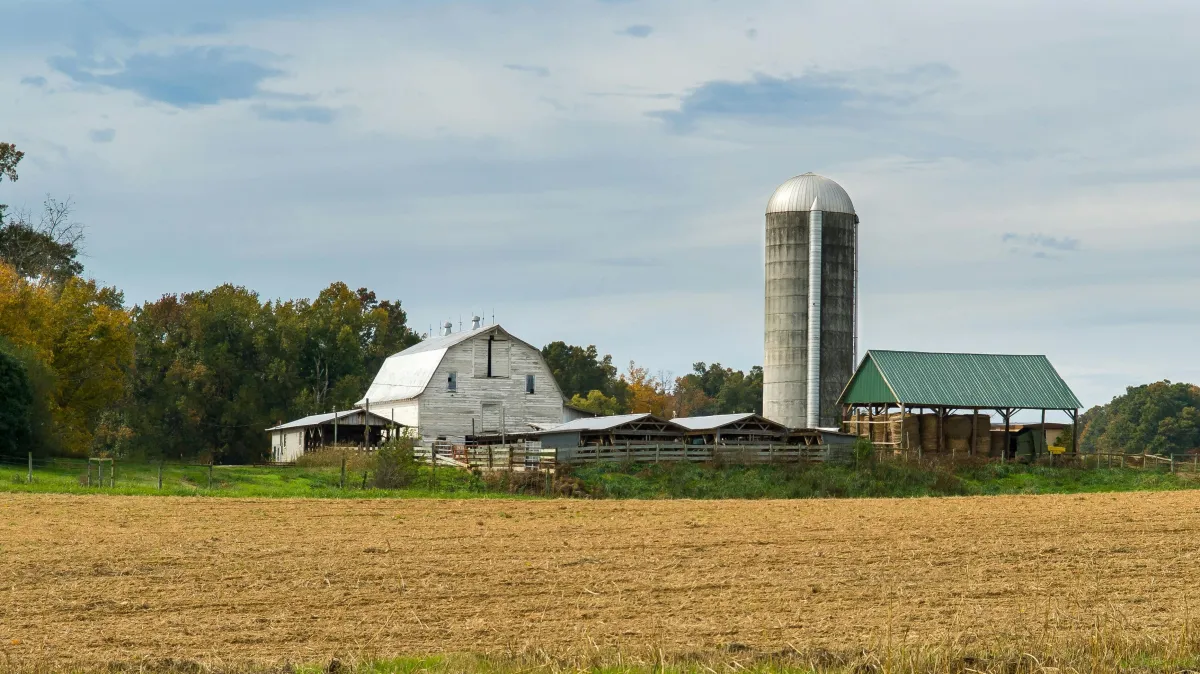
The Risks of Co-Owning Land With Family: What Every Landowner Should Know in 2025
For a lot of landowners, especially those in farm country or energy-rich areas, land doesn’t just carry financial weight, it holds family history. It’s the place where generations worked the same soil, hunted the same fence lines, and passed down more than just property. So when that land ends up co-owned by siblings, cousins, or children, the idea often feels like a natural continuation of that legacy. Unfortunately, sentiment doesn’t always line up with reality.
It’s common to hear some version of, “We all get along,” or, “We’ll figure it out when the time comes.” Co-ownership, when left undefined, tends to invite conflict. Not because people are ill-intentioned, but because life gets complicated, people move, marry, divorce, fall behind on taxes, or simply lose interest. When that happens, even good relationships can strain under the pressure of unclear responsibilities.
To start, let’s define what co-ownership actually means. Most commonly, land is passed to heirs as “tenants in common.” That means each person owns a fraction of the property, but no part is physically divided. Everyone owns it together, and everyone has the right to use the whole thing. Joint tenancy is less common but more restrictive, it usually includes a right of survivorship, meaning ownership automatically transfers to the remaining co-owners when one passes away.
These shared arrangements often begin through inheritance. A will divides land evenly among children, or no will exists and the estate goes through probate, landing property in multiple hands by default. What’s rarely included is a discussion about how decisions will be made, who pays what, or what happens when one owner wants out.
Over time, problems start to creep in. One sibling wants to lease the field to a solar developer. Another wants to keep it for deer season. A third lives out of state and hasn’t set foot on the property in years. Maybe nobody can agree on whether to cut timber, or how to split the costs of fixing a washed-out culvert. In cases like these, the conflict doesn’t usually start loud, but it builds and if one co-owner stops paying their share of property taxes, the whole parcel can end up at risk.
One of the most common triggers for legal fallout is uneven financial contribution. One sibling may pay to clear brush, maintain fences, or handle taxes year after year. Another may benefit from the land’s value or recreation without putting in time or money. Eventually, the person doing the heavy lifting gets tired of carrying the load alone. That’s when a call gets made to an attorney.
When disputes escalate, legal remedies can get expensive fast. If one co-owner wants to sell and the others don’t, that person has the right to file a partition action. This is a lawsuit asking the court to divide or sell the property. In many rural areas, actual physical division isn’t practical or possible, so the court may order the entire property sold and the proceeds divided. That outcome rarely feels fair to the party who wanted to keep the land.
Even in the absence of outright conflict, lack of clear documentation can create friction. Banks may hesitate to lend against co-owned property. Leasing decisions, especially for energy or timber, can require unanimous consent. If one owner is unresponsive, the entire deal might stall or fall through. When heirs begin to multiply across generations, it’s not uncommon for a single parcel to have a dozen or more fractional owners, many of whom barely know each other. Every decision, from taxes to title transfer, becomes more cumbersome.
So what’s the smart path forward for families in this situation? The first step is acknowledging that co-ownership isn’t inherently bad, it just requires intentional structure. One option is to create a legal entity like an LLC or family trust to hold the land. That framework allows the family to define rules for management, voting, buyouts, and inheritance, all while keeping the land intact and protected from forced sales. It also simplifies decision-making and shields individual owners from personal liability related to land use.
It’s also wise to start conversations early, before pressure points form. Questions like, “What do we want this land to mean for the next generation?” or “What happens if one of us wants to sell?” might feel uncomfortable at first, but they lead to clarity and respect down the road. Working with a neutral third party like a land attorney, mediator, or succession planner can help keep those talks focused and productive.
In 2025, the stakes are only rising. With land values shifting, solar leasing opportunities growing, and state-level inheritance rules tightening in some places, co-owners who haven’t planned ahead could find themselves cornered by circumstance. Taking time now to organize, clarify, and commit to a plan is just good stewardship. Families that treat co-ownership like a business obligation, not just a sentimental arrangement, tend to keep their land, their options, and their relationships intact, and that’s worth the effort.